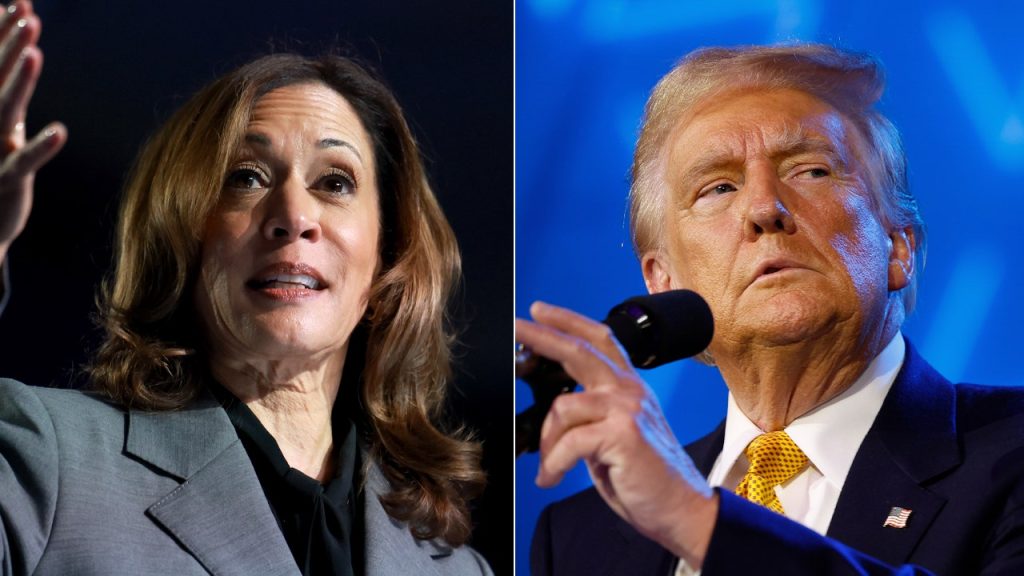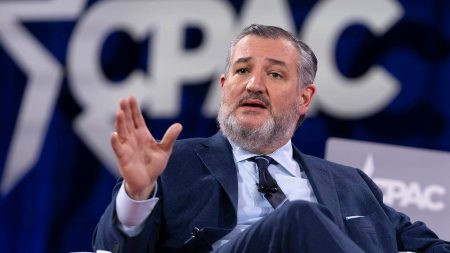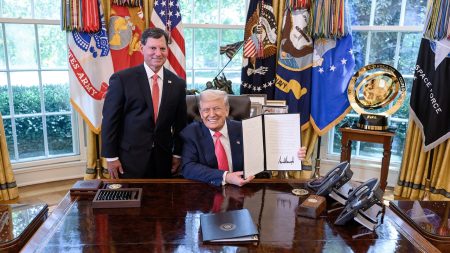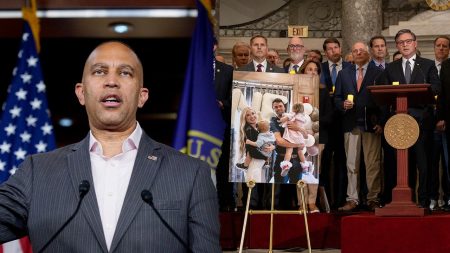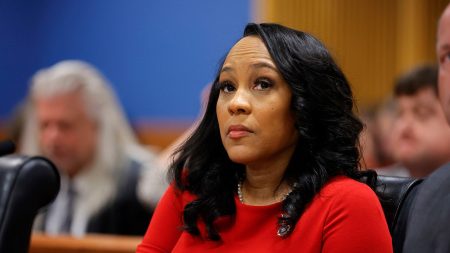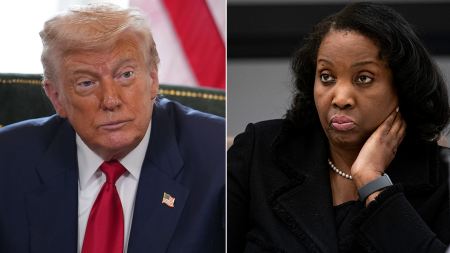A recent poll conducted by the New York Times/Siena College shows that former President Trump has narrowed Vice President Kamala Harris’ small lead in the battleground states of Michigan and Wisconsin. In Michigan, Harris received 48% support among likely voters, while Trump garnered 47%, placing them in a tie within the margin of error. In Wisconsin, Harris polled at 49% among likely voters, while Trump received 47% support, a state where polls often overestimate Democratic backing. The economy, which remains the most important issue for voters, is cited as a factor helping Trump edge away at Harris’ lead in these two key battleground states. This contrasts with a previous poll in August where Harris led Trump by four percentage points in these states.
With less than 40 days until the November 5 election, the latest polling places Harris ahead of Trump by nine percentage points in Nebraska’s Second Congressional District, a critical area in the Electoral College that could help secure the 270 electoral votes needed to win the White House. Ohio, though not a battleground state for the presidential race, is home to a competitive Senate contest between Democrat Sen. Sherrod Brown and GOP challenger Bernie Moreno. Trump leads Harris by six points in Ohio, while Brown has a four-point lead over Moreno. This data could have broader implications for the election outcome in these key regions.
In Wisconsin, Democrats have enjoyed an advantage in presidential contest polling for months, despite the state being historically determined by narrow margins in previous elections. Michigan, on the other hand, has been a swing state with recent wins by both Biden and Trump. Abortion emerged as the second most important issue for voters in Michigan and Wisconsin, with 18% of voters listing it as their top concern. This marks an increase from previous polling in May. Harris leads Trump by 20 points on the issue of abortion in Michigan and by 13 points in Wisconsin, showing a slight decrease in support for Harris on this issue in the latter state.
The upcoming election is crucial for both parties, with Harris and Trump vying for support in key battleground states like Michigan and Wisconsin. The economy and other top issues are playing a significant role in shaping voter preferences, with tight races in traditionally competitive regions. The outcome of the election in critical districts like Nebraska’s Second Congressional District could shift the balance in the Electoral College and determine the overall winner of the White House. Both parties are closely monitoring polling data and adjusting their campaign strategies accordingly to secure crucial victories in these pivotal states.
As the campaign intensifies in the final stretch before Election Day, the candidates are focusing on issues like abortion and the economy to sway undecided voters. Harris’ lead in key battleground states like Michigan and Wisconsin is being challenged by Trump’s strength on economic issues, leading to a tight race in these critical regions. The outcome of the election in states like Ohio and in crucial congressional districts could have far-reaching implications for the overall result. Both parties are striving to mobilize their base and win over undecided voters to secure victory in what is shaping up to be a fiercely contested election.




